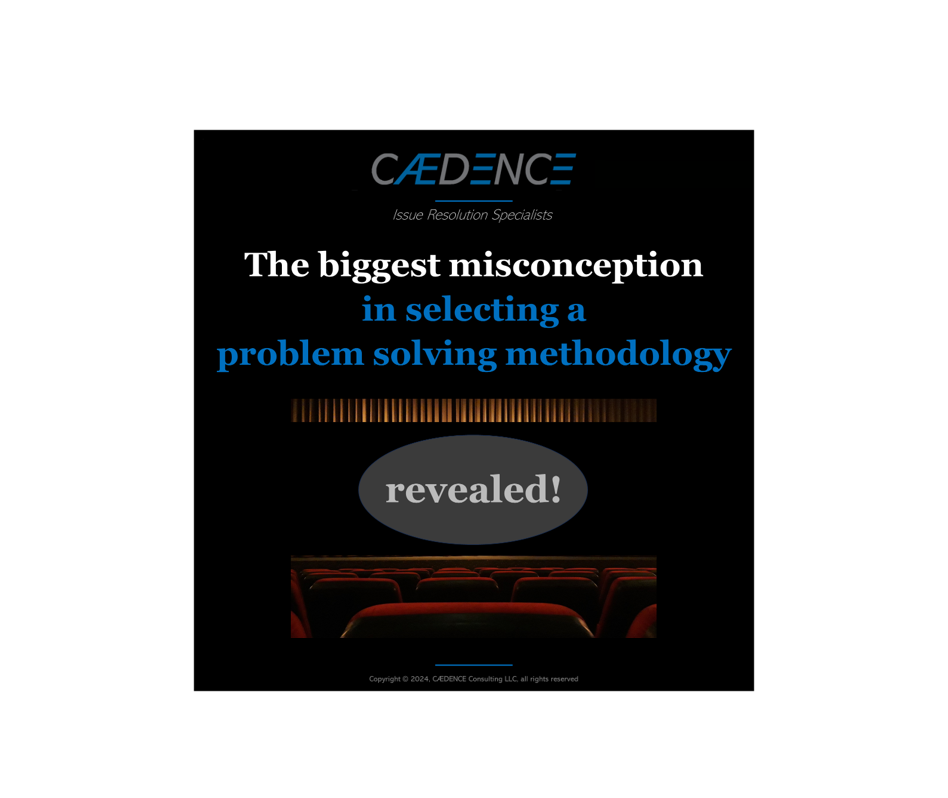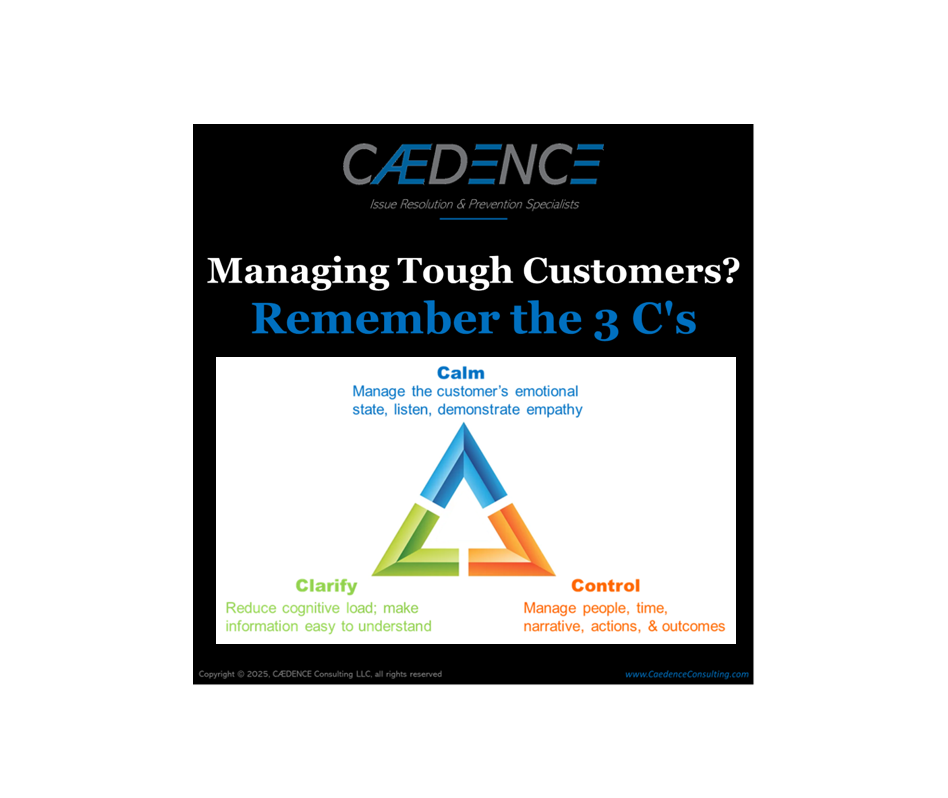Confucius and Gladwell were Partially Correct
The Chinese philosopher Confucius famously said, “I hear and I forget, I see and I remember, I do and I understand” referring to the effectiveness of different modes of learning. He was emphasizing that acquiring new skills is not a passive process.
You may also know the old saying “practice makes perfect” or be familiar with the “10,000 hour rule” (made famous by Malcolm Gladwell in his book Outliers) which states that it takes 10 thousand hours of dedicated practice to master a new skill.
Both Confucius and Gladwell are correct, up to a point. In fact, both learning paradigms are incomplete – mentoring
is missing.
To truly master a skill, hearing, seeing, doing, and practicing must be guided. You’ve got to hear and see the best technique. You’ve got to try it yourself and practice while receiving corrective feedback from an expert.
Practice without oversight is risky. You could be training yourself to make a habit of doing things the wrong (or at least sub-optimal) way. Real-time expert feedback is crucial to avoid engraining bad habits.
This is true whether you’re trying to improve your tennis swing, your problem solving, your communication, or your leadership skills. Top athletes don’t just practice randomly – they always have the guidance of a coach. Developing world-class technical and business skills is no different.
CAEDENCE helps teams and individuals optimize their skills with direct, real-time project interventions; novel, focused workshops; and goal-oriented coaching/mentoring. We’d love to chat about how we might help your team exceed expectations.

Over the years we’ve been exposed to Six Sigma, Juran, Deming PDCA, 8D, Dale Carnegie, A3, Shainin, and more. Each technique works pretty well, and has been demonstrated many times in a wide variety of industries and circumstances. At the core they are all essentially the same!
Each approach relies on an underlying logical flow that goes like this: [a] make sure the problem is clearly defined; [b] be open to all sources of information; [c] vet the information for relevance and accuracy; [d] use the process of elimination to narrow down all possible causes to the most likely few; [e] prove which of the suspects is really the cause of the issue; [f] generate a number of potential solutions; [g] evaluate the effectiveness, feasibility and risk of the potential solutions; [h] implement the winning solution(s); and [i] take steps to make sure your solution(s) don’t unravel in the future.
The differences between the paradigms resides in supplementary steps and toolkits. For example, 8D contains the important “In

Your primary role as a manager is to ensure your team’s success. Internalize this. Make sure your team members know this. Build an environment of trust and collaboration. A direct report of mine would frequently leave me out of the loop as problems escalated, preferring instead to “work harder”. It was clear that he felt uncomfortable delivering bad news to me (his boss) when things were not going according to plan. Let me tell you the rest of the story.








